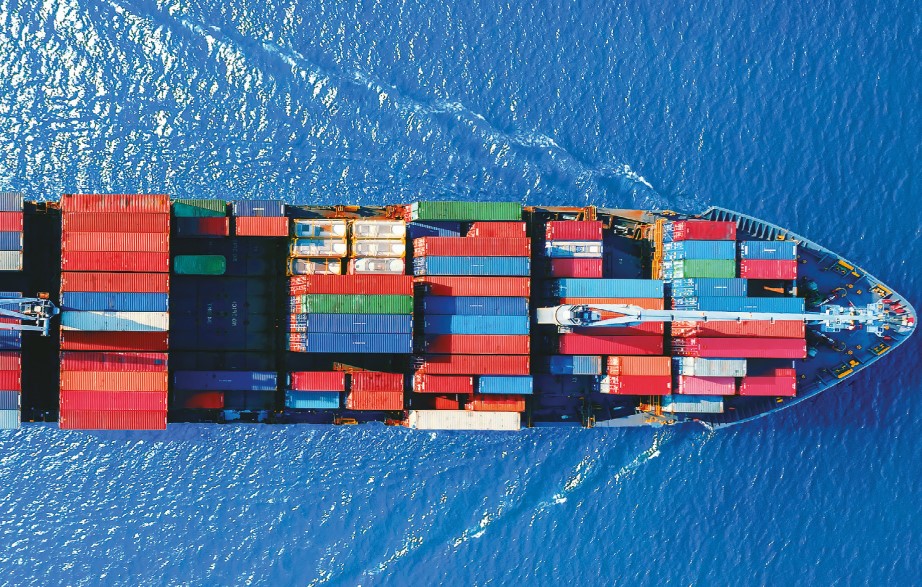Marine markets face a profusion of ‘total loss’ claims for trapped ships early in 2023, one year after the shut-down of Ukrainian ports, a London audience of practitioners was told.
At a briefing organised by the Association of Average Adjusters and the International Underwriting Association, the prospect of huge claims a year on from the start of the war in Ukraine was raised. Ukrainian ports have been closed for vessel entry and exit since 25 February 2022, the day after the Russian invasion, and mines are reported to have been planted, effectively blocking as many as 100 vessels in ports and up rivers. The full value of vessels trapped is unknown, but could be as much as US$800m to US$1bn.
At the time of the invasion many of the vessels had war risks policies, but on 24 February war risks insurers began to use their right to demand extra premium to extend the cover.
Jonathan Bruce, a partner at HFW LLP and deputy head of his firm’s global insurance and reinsurance group, said: “Unless things change quickly, it seems likely that there will be a lot of deemed total losses all in one ‘clump’ next February, and some quick decisions will need to be made. Most likely, disputes can be avoided through sensible discussion and creative solutions, but there is potential for flies in the ointment, for example if vessels get destroyed by missiles. There are likely to be disputes also with reinsurers about what is considered the number of occurrences.”
He said that if trapped vessels were on charter, extra premium might have continued to be paid but over time that would presumably have stopped and most of the policies lapsed or been cancelled. In some cases, loss of hire has probably been paid by war risks insurers, but such payments were subject to limits. In many instances crews will have been evacuated, leaving only a few members for maintenance.
One Bangladeshi vessel had been hit by a missile, he added, and there was a real possibility of others being hit. When ships sought to escape in due course, they could be damaged or sunk by mines. Some might also be taken over by Russian interests.
Bruce said that under the institute war & strikes clauses, it was likely that the perils of war, hostile act, restraint, and detainment had all been triggered since the invasion and subsequent closure of ports. For a claim to occur usually there must be physical loss or damage, but a detainment clause made it clear that after 12 months of restraint there was a deemed constructive total loss. In some cases, the period had been amended to six months, but in most cases, it would be 12 months, expiring next February when, he said “we can expect potentially a large number of deemed total losses all being claimed at the same time”.
“It is understandable that war risks insurers are sensitive about situations where a total loss can be claimed even though the vessel is intact and in theory still a valuable asset.”
Printed Copy:
Would you also like to receive CIR Magazine in print?
Data Use:
We will also send you our free daily email newsletters and other relevant communications, which you can opt out of at any time. Thank you.











YOU MIGHT ALSO LIKE